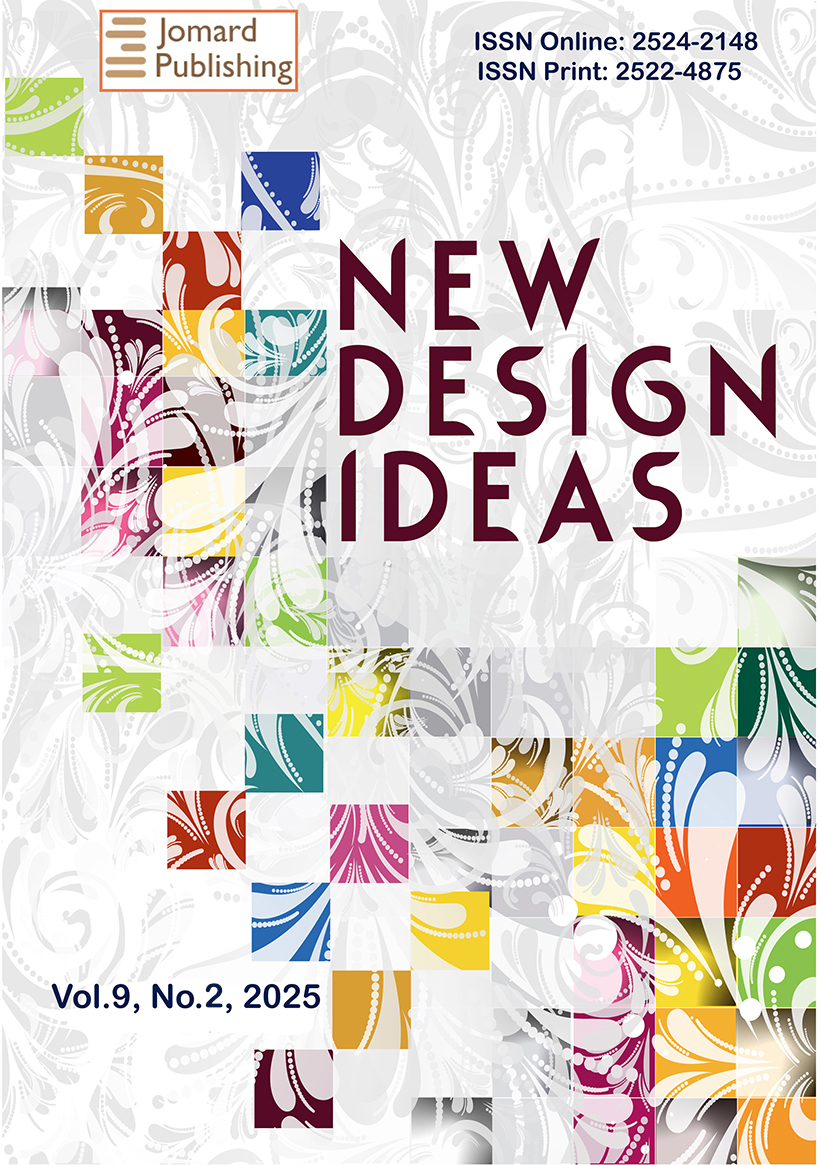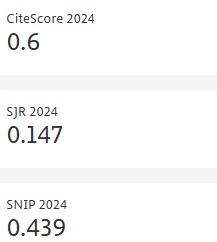Design and Corporatist State: A Case of Italian Commercial Communication
- Published: 02-08-2025
Share
Paper presents a case study of visual communication in late XIX and early XX century Italy with intention to discover influences on creation and public placement of symbolic structures by social change. Methodologic baseline is found within the theories and concepts on avant-garde art, which itself were changing throughout the XX century. The type of change presented in paper goes from radical creation of new communication forms to acceptance of new ideological ideas within such forms which become both ideological and commercial drivers for radical social change. To understand social dynamics through visual culture and differences between free-enterprise and corporatist state, a theoretical frame is offered to serve as starting point for further historiographic insights.
- View 737
- Downloads 91
- Saveds 1
- Citations (Crossref) 0


